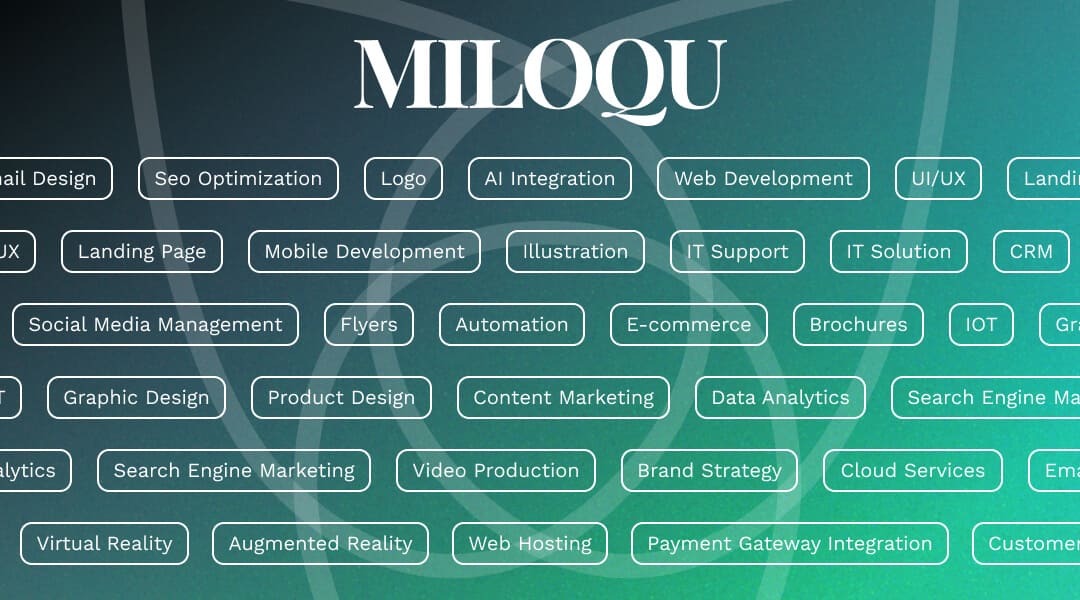In 2025, over 75% of global web traffic comes from mobile devices. That means designing for desktop first is officially outdated.
Mobile-first design isn’t just a trend — it’s a strategic shift in how we approach digital experiences. It means you:
-
Prioritize mobile screen size before scaling up to tablet and desktop
-
Focus on core content and functionality first
-
Remove fluff, keep it clean, and make every pixel count
Here’s why mobile-first design is essential in 2025:
-
Google Indexes Mobile First
Your site’s mobile version is what Google uses for indexing. A poor mobile UX = poor SEO. -
Attention Spans Are Shorter
On mobile, users make split-second decisions. Clear navigation, fast loading, and easy-to-read content are non-negotiable. -
Limited Space = Better Focus
By starting small, you naturally prioritize what matters most. This leads to cleaner, goal-driven design. -
Mobile Conversions Are Rising
From e-commerce to SaaS, mobile-first checkout experiences convert better — if they’re smooth, fast, and intuitive. -
Accessibility Starts on Small Screens
Designing for mobile ensures better accessibility: large buttons, readable fonts, clear structure.
How to Design Mobile-First in Practice:
-
Start with a vertical layout and basic structure (wireframe first)
-
Use scalable type & spacing (rem/em units)
-
Optimize images & SVGs for fast load times
-
Use content-first hierarchy: most important elements appear first
-
Test on real devices — not just in Chrome’s DevTools
🎯 Want your website to work beautifully on mobile, tablet, and desktop — without sacrificing design or performance?
With MILOQU, you get a team that designs mobile-first interfaces that look good and convert better.
All-in-one subscription: Design. Development. Marketing.
Start today → miloqu.com
